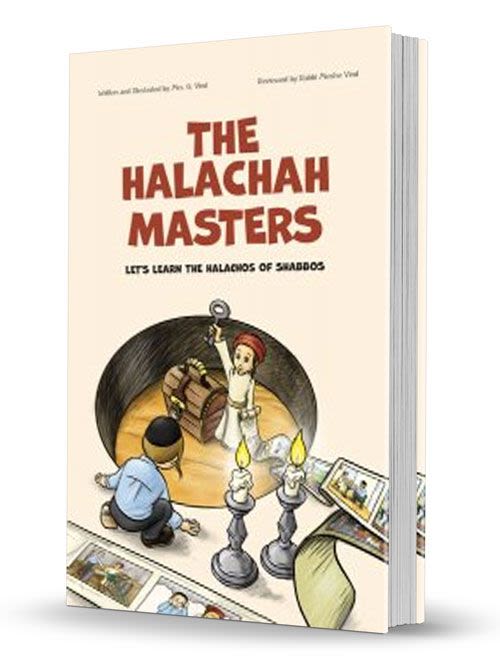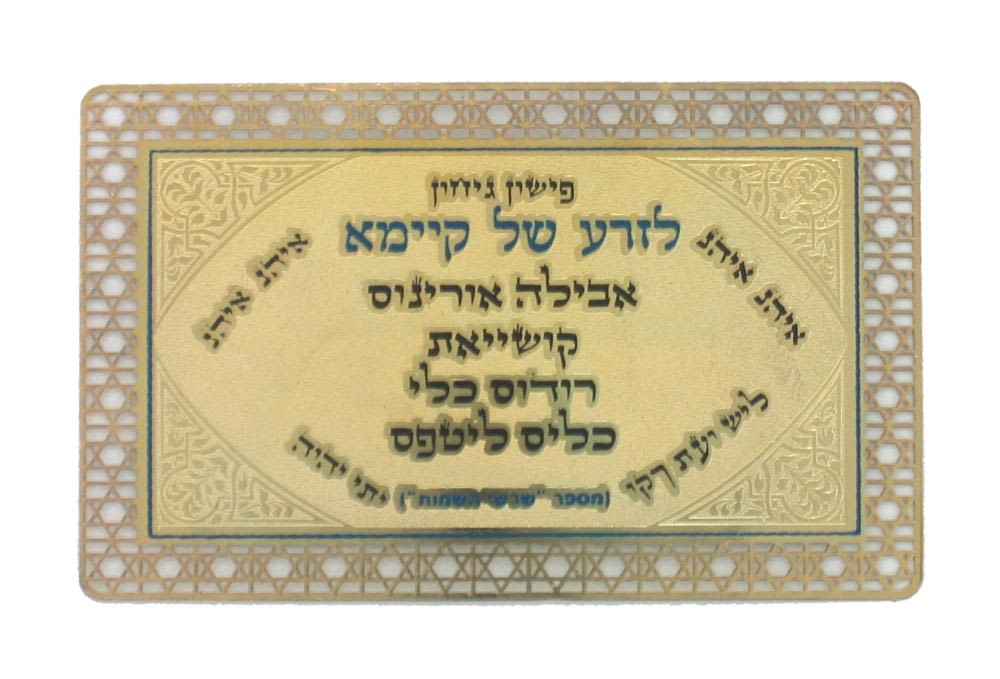
Don’t Waste Time
The entire world is on the brink of economic disaster, yet Israel is thriving. What is the secret? Are we that close to Redemption, with all the open miracles?

Today is a time of new beginnings. A new seven year Daf Yomi cycle has just commenced. Jews the world over will learn a page of Talmud each day as they study the complete compendium of Jewish law. Simchat Torah is right around the corner. The last words of Moshe will soon give way to G-d’s first utterances of Creation.
The opening messages we receive are often the most important. They set the tone for everything that follows.
What do the opening pages of both the Written and the Oral Torah teach us?
Twelve chapters into the Book of Genesis, Hashem commands Abraham to live in Israel. The first 12 chapters of the Bible cover 2,000 years of human history. The following 38 chapters chronicle just two centuries – most of it a narrative of Jewish life in the Holy Land. G-d glosses over two millennia of human history to get right to the point. He does the same in the Talmud.
The Talmud begins with Tractate Berachot. Within the first couple of pages we learn why the Second Temple was inferior to the First.  During the age of The First Temple, open miracles took place on a daily basis. Inside the Holy of Holies rested the Tablets of the Ten Commandments. Included in the Nation of Israel were over a million prophets.
During the age of The First Temple, open miracles took place on a daily basis. Inside the Holy of Holies rested the Tablets of the Ten Commandments. Included in the Nation of Israel were over a million prophets.
The Second Temple paled in comparison. Prophecy ended. The Holy of Holies was empty. Upon seeing the new structure, the elderly wept. They had witnessed life during the First Temple and realized how far we had fallen.
Why wasn’t the Second Temple as great as the First?
Seventy years after the Temple was destroyed, the conquering Babylonian Empire fell to the Persians. The Persian Empire gave permission for the Jewish People to return to the Land of Israel and rebuild the Temple. Instead of the entire community returning home, less than 10% made the effort. Measure for measure the open miracles that happened during the First Temple did not return either.
These examples alone give a clear message from both written and oral Torah about the intimate connection between every Jew and the Land of Israel.
Things become even clearer. These messages not only originate in the beginnings of our sacred texts, they are made in the very first words!
The first line of Torah talks about our connection to the Holy Land. Rashi, the great Commentator, asks a question: if the Torah is supposed to be a Book of laws governing the conduct of the Jewish People, why start with the narrative of Creation? Why not start with the first law given to the Jewish People, the law of the new month?
His answer? The creation story establishes legal ownership of the Universe to He Who created it. If the nations of the world were to ever accuse the Jewish People of stealing the Land of Israel and occupying it illegally, we could counter by stating that Hashem owns the world. At His discretion He could, and did, take the land away from us and give it to another people. At the same time, He can take it away from them and return it to its rightful inhabitants.
Why is the first word of Talmud a Mishnah? A Mishnah is a law brought down by a Sage called a Tanna. Their word was law. For an Amora, a Sage who wrote the commentary to the Mishna, to disagree with a Tanna was heresy. An Amora could explain how a Tanna agreed with what he had to say. He could extrapolate that what the Tanna really meant was his own argument. He could even use the words of another Tanna to contradict what this Tanna was saying, but he couldn’t do it in his own name. Why not? A Tanna was from an earlier generation and one step closer to Moses.
The entire body of Jewish existence bases its foundation on this very concept!
Why do we learn the Babylonian Talmud? Wouldn’t it be more efficient to learn the more compact Jerusalem version?
Compared to its Israeli counterpart, the Babylonian Talmud is a more complex document. The Sages of the Galilee were able to come to their conclusions faster. Less argument was needed so far less was recorded. The Babylonian Talmud analyzed more details, situations, and scenarios to reach their conclusions. We learn the Babylonian Talmud because it gives us a superior education.
From the very first letter of both the written and oral Torah, G-d wastes no time in instructing us what’s best for our intellectual, emotional, material, and spiritual progress.
We shouldn’t waste any time either.
* * *
Dovber Halevi is the author of Sex, Religion, and the Middle East, a book about personal holiness and happiness. He lives in Israel with his wife and three children.












Tell us what you think!
Thank you for your comment!
It will be published after approval by the Editor.